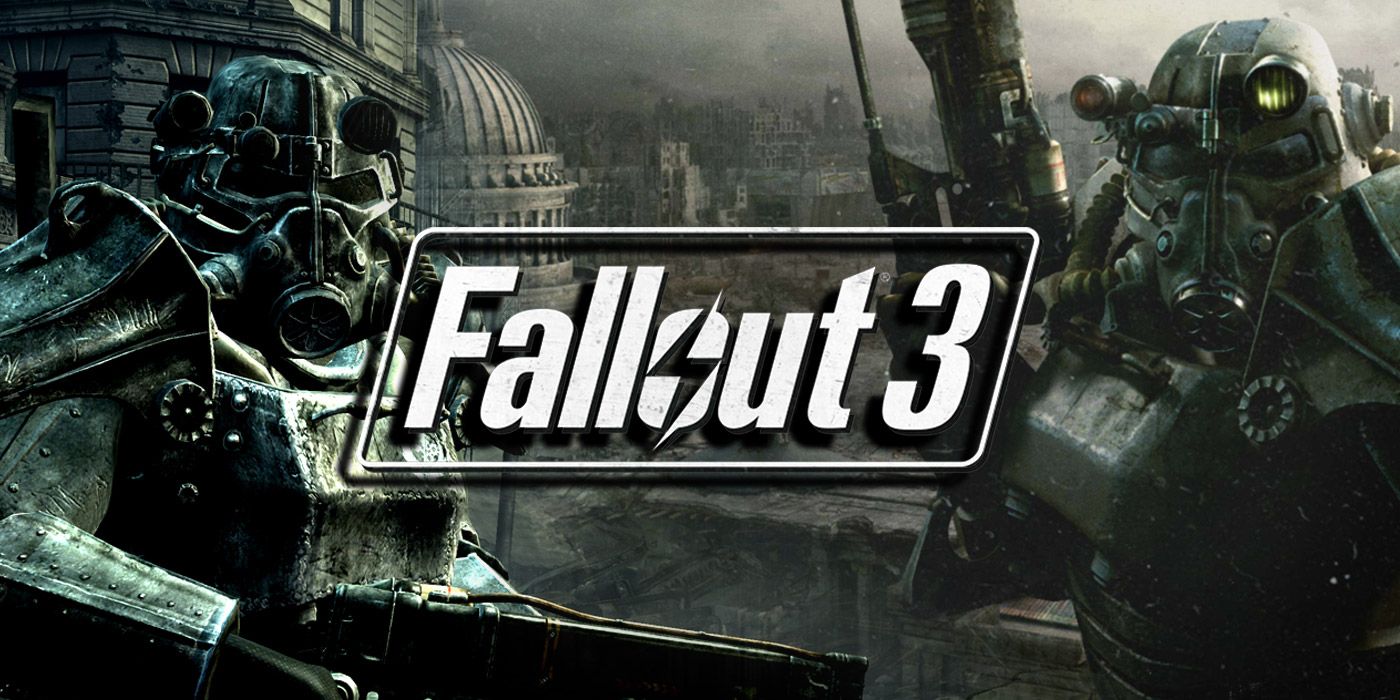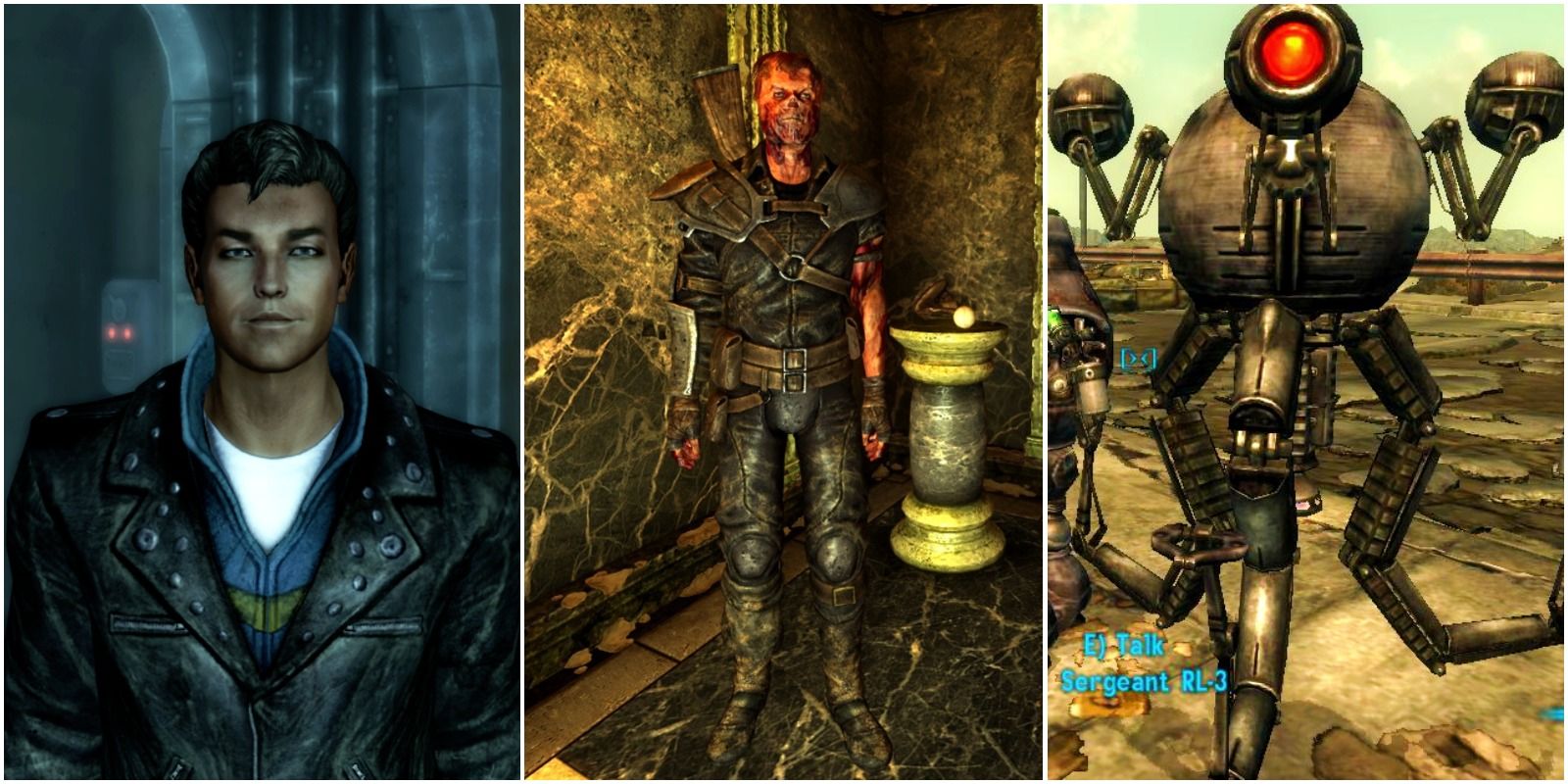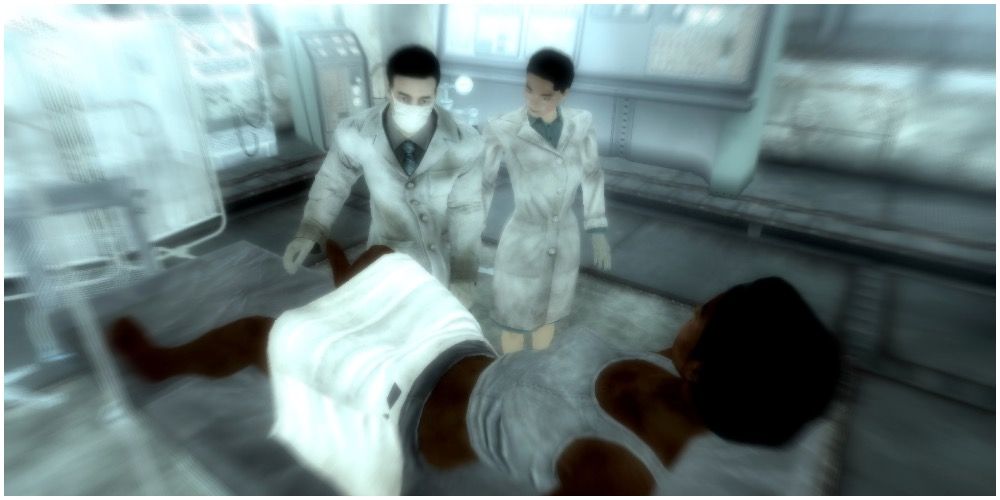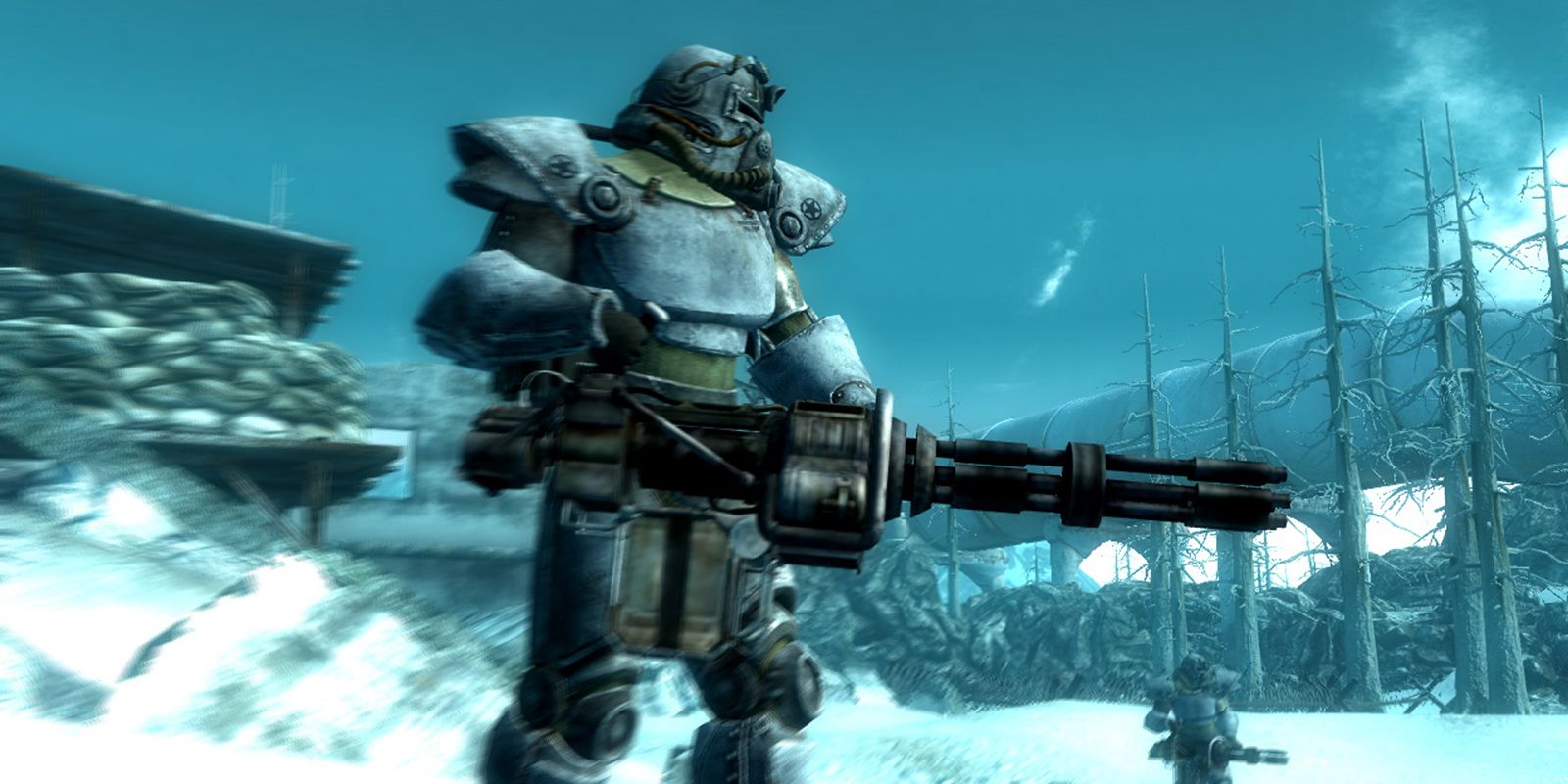When it was first announced that Bethesda would be taking over the Fallout IP and transforming it from the isometric perspective of Fallout 1 and 2 to a first-person Elder Scrolls-style open-world RPG, many fans of the franchise were understandably hesitant. Since then, however, Fallout 3 has become a classic among Bethesda fans, walking a fine line few of the studio’s titles have been able to match.
There are a few reasons Fallout 3 is one of the best Bethesda-made RPGs. Not only does the post-apocalyptic game deliver on the core tenets of the Bethesda RPG formula, but its open-world storytelling strikes a strange balance that few games have been able to emulate since Fallout 3 released back in 2008.
How Fallout 3 Transformed the Franchise
When Bethesda took over the Fallout IP the fear among many fans was that the studio would take the setting and style of the first two games while transforming the gameplay into something resembling Oblivion if The Elder Scrolls 4 had been a shooter. In some sense, those fears came true. Bethesda transformed the gameplay of Fallout 3 to match its own RPG formula while keeping the major story aspects of the Fallout universe intact. Despite the change, Fallout 3 delivers very well on the large open-world exploration and freedom that would define later Bethesda games like Skyrim.
Despite the immense freedom to explore the open-world that the player has as soon as they step out of Vault 101 into the Capital Wasteland, the start of Fallout 3 is far more prescriptive than some other Bethesda-produced titles. In Skyrim the background of the player is left completely up to their own imagination – the only event which happens to every player in the retail version of the game is experiencing Alduin the World Eater’s attack on Helgen. Similarly, in Obsidian’s Fallout: New Vegas the only non-optional event is the New Vegas Courier being shot and left for dead at the game’s start, as well as their rescue by Doc Mitchell.
Fallout 3’s introduction takes a very different approach. In Fallout 3, players experience their character’s birth, early childhood, and their young life growing up in Vault 101 with their father James after the death of their mother. As the timeline jumps forward, they go from playing with blocks to taking tests and gaining friends and enemies from among their peers. The game’s opening even makes it clear that the Lone Wanderer is just 19 years old when James leaves Vault 101 and they escape in pursuit.
Fallout 3's Introduction
In theory, Fallout 3's prescriptive introduction should severely limit roleplaying opportunities in the game, but in fact the prescriptive opening is executed in such a way that is ends up being as conductive to roleplay as Skyrim’s intro. The player is given an opportunity to get to know James and to feel that they and their character share a joined perspective on the Fallout world – for both the player and player character, the Vault 101 introduction frames the Capital Wasteland as completely unexplored.
The introductory sequence also doesn’t show so much of the player’s first 19 years that they can’t imagine most of the details about the life they led in Vault 101 themself. The player can still choose whether or not the Lone Wanderer is a straight-A student or a wannabe Tunnel Snake, and they even have the option to make some big roleplaying decisions like killing or sparing the Vault’s Overseer, or deciding whether or not to rescue their school bully from Radroaches.
When the player finally leaves Vault 101 they have very little information to go on regarding James’ possible whereabouts, other than that he passed through Megaton. In other words, the opening plot of the game encourages players to really embody the role of the Lone Wanderer, exploring the Capital Wasteland and getting to know its inhabitants without it feeling like they are neglecting the main quest. At Brighton Digital 2020 Todd Howard himself talked about striking this balance as one of his favorite aspects of developing the game.
In contrast, the disappearance of the player character’s child Shaun in Fallout 4 makes casually exploring the world feel strangely dissonant. Unlike James, there’s no reason for the player character to think Shaun could survive on his own. To make things worse the particular horror of a parent losing their child to a kidnapper makes some of the game’s most fun and silly questlines like the Silver Shroud missions feel out of place and less immersive despite being among the game’s most enjoyable moments in isolation.
Player and Protagonist Perspectives
Not only does Fallout 3's main plotline avoid one of the sequel's pitfalls, but Fallout 3’s younger protagonist is more accessible to a wider audience than Fallout 4’s middle-aged married Sole Survivor. Simply put, far more people have experienced being in their late teens and going out into the wider world without their parents for the first time than they have experienced military service, law school, or having a child.
While Fallout 3’s player character had a specific backstory, Bethesda also cleverly focused on relatively universal experiences that most people playing the game would have gone through growing up. The Lone Wanderer’s youth in turn helped to enhance the sense of exploration that would be key to the game’s success – the player is seeing the game’s world through the young eyes of a character who is also seeing it for the very first time.
Fallout 3 manages to create a large explorable world while still having a central character the player character is tied to in their father James. It delivered on the Fallout setting and the staples of a Bethesda RPG while also having a more character-driven story that most installments in The Elder Scrolls franchise. Fallout 3 was not without its valid criticisms, but it became a classic by attempting to strike an ambitious balance between freedom and prescriptivism in open-world RPG gaming, and executing that attempt in a way that encouraged the player to share the player character’s perspective.
Fallout 3 is currently available on PC, PlayStation 3, and Xbox 360.




